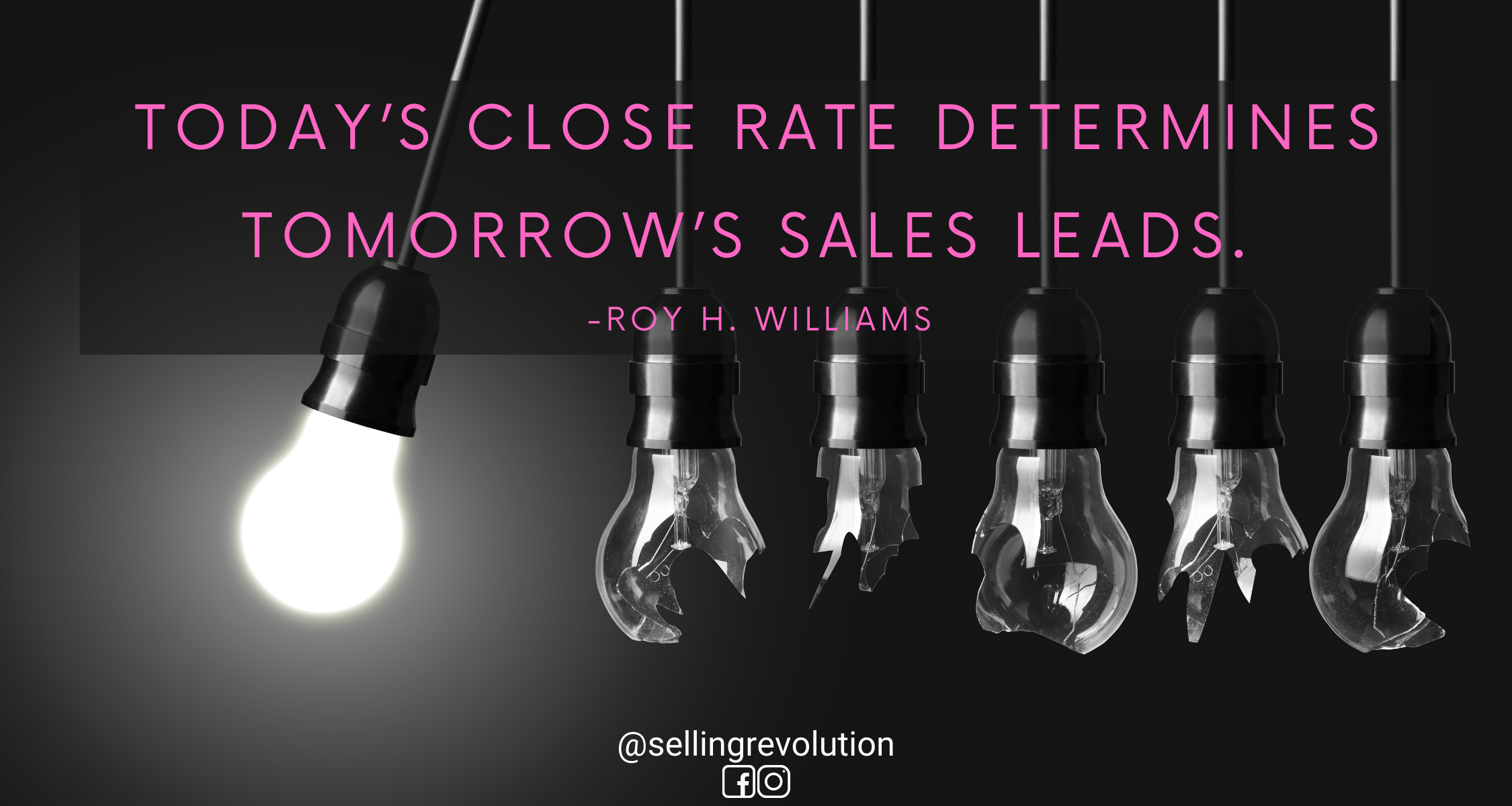Key Performance Indicators (KPIs) are used for measuring departmental performance within a company. The goal of KPIs is continual improvement.
The subtle danger of KPIs is that they can lead us to prioritize efficiency over the eff
- A Police Chief told his officers to prioritize burglaries of multiple-occupancy households because the system would count each occupant as a separate solved crime and lift their KPI.
- An electrical wholesale group created a KPI competition between its branches which resulted in them undercutting each other’s prices.
- A shoe company with a 3.5 billion-dollar ad budget (Adidas) admitted they had been “overly focused on digital attribution,” partly as a result of its ability to allow the company to “look at short-term measurements in real-time.” Adidas Global Media Director Simon Peel says, “But when you look at econometric modeling it’s telling you something very different…”
In a successful company, it takes every department to work together to increase top-line revenues. But when departments are held individually accountable for department-specific goals, teamwork goes out the window.
A business owner recently asked me, “Who is responsible for lead generation?” Before I could answer, one of his branch managers said, “Selling is a numbers game. Double my sales opportunities and I’ll make twice as many sales.”
I asked, “Who is responsible for lead generation in a restaurant?”
“The marketing department,” answered the branch manager.
Looking across that group of 20 branch managers from 20 different cities, I said, “Think of the best restaurant in your city, the one where you’ve got to have a reservation because there is never an open table. Do you see it in your mind? That restaurant hasn’t been advertised in 30 years. Their happy customers are their only marketing department.”
Looking at their faces, I could tell they had seen the truth in what I had said, so I told them another truth, “Advertising is a tax we pay for not being remarkable.” I let that one soak in a minute.
“When our customer contacts us, they meet the Customer Service Representative in our call center. Other times it’s a team member who responded to an email inquiry, or who interacted with our customer in live chat. If those people do well, they will hand the baton to one of our salespeople or technicians. But wait, we’re not done. Now we have to deliver the service. Will the install team live up to our reputation? Will the end result be as good as our customer hoped for?”
I waited a few moments, then said, “Today’s close rate determines tomorrow’s sales leads. Good advertising is merely the beginning of a conversation with the customer. If they visit our website, they’re reading our menu. If they check our online reviews, they’re asking their friends about us. But here is where things get serious: when that customer encounters our call teams, our salespeople, and our techs, she is expecting to meet the company she was promised in our ads. Will we be the company we promised her? Or will we appear guilty of bait-and-switch?”
I said it again, “Today’s close rate determines tomorrow’s sales leads… Every member of our team is responsible for lead generation. We win together and we lose together. Any one of us can drop the baton in this never-ending relay race where the final runner hands it back to the first runner as a referral from a happy customer. You and I have to make every customer glad they chose us.”
“Each of us is a point-of-contact with our customer, a channel of communication. When we use the ‘brandable chunks’ (our signature phrases) that were introduced in our mass-media ads and reinforced on our website; when each of us delivers the personality that we promised in our ads, we have channel alignment. When we fall short of this, we are guilty of bait-and-switch.”
“In a growing company, the KPI that matters most is top-line revenue. To grow, we have to say remarkable things in our ads. To grow, we have to do remarkable things for our customers. Today’s close rate determines tomorrow’s sales leads. And channel alignment increases the close rate.”
“Any other questions?”
written by Roy H. Williams
1 Adidas: We Overlooked Traditional Media’s Ability to Drive Ecommerce Sales, by Sara Spary, October 16, 2019.
1 Adidas: We Over-Invested in Digital Advertising, by Sarah Vizard, October 17, 2019. Adidas admits that a focus on efficiency rather than effectiveness led it to over-focus on ROI and over-invest in performance and digital at the expense of brand building.

